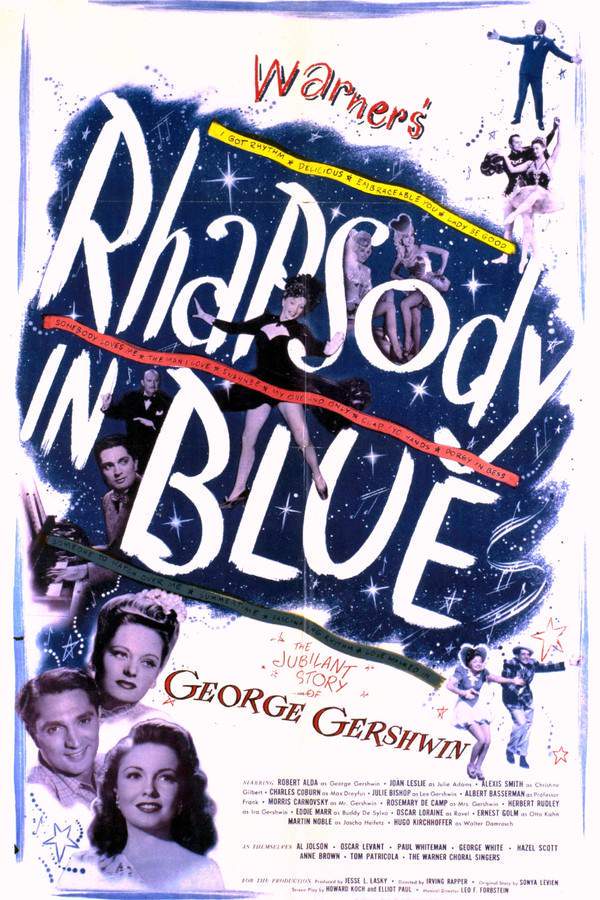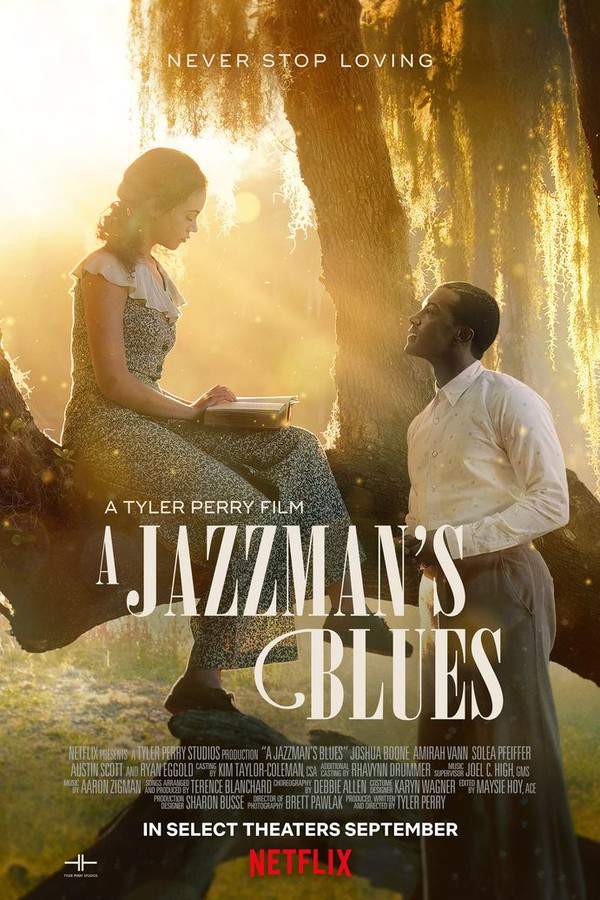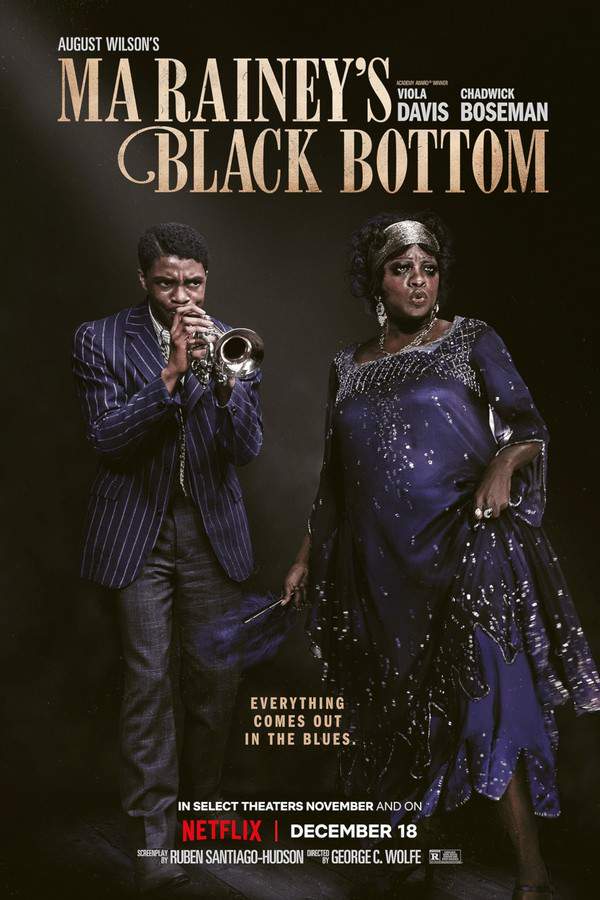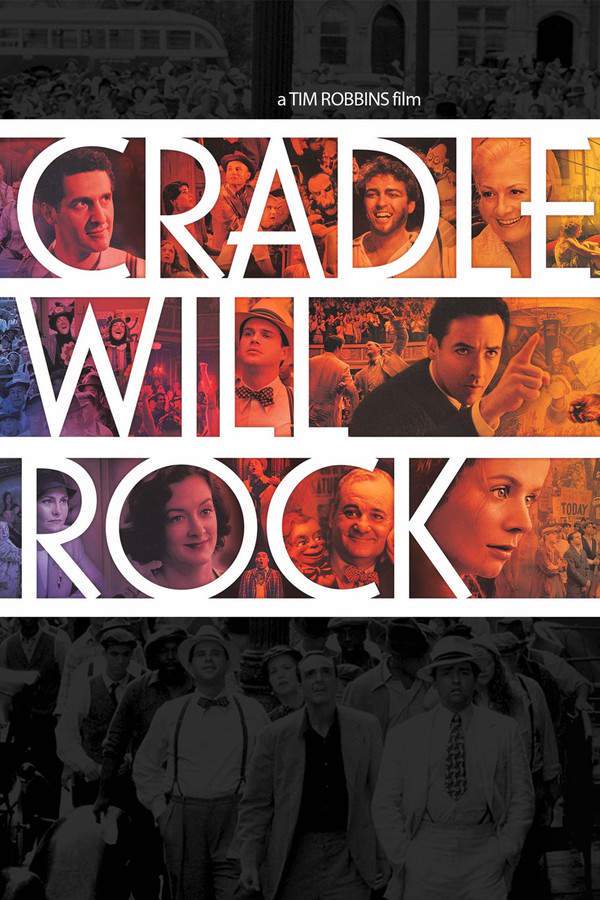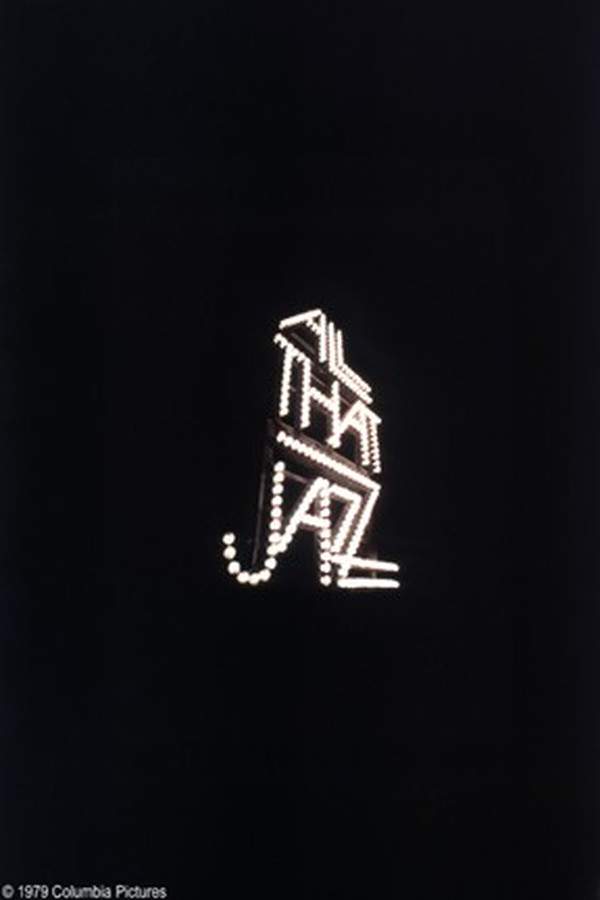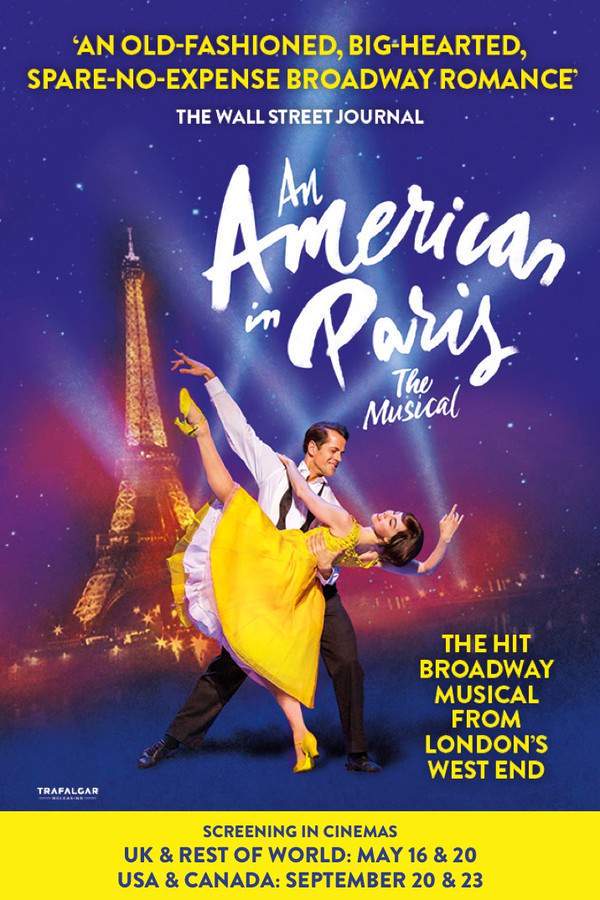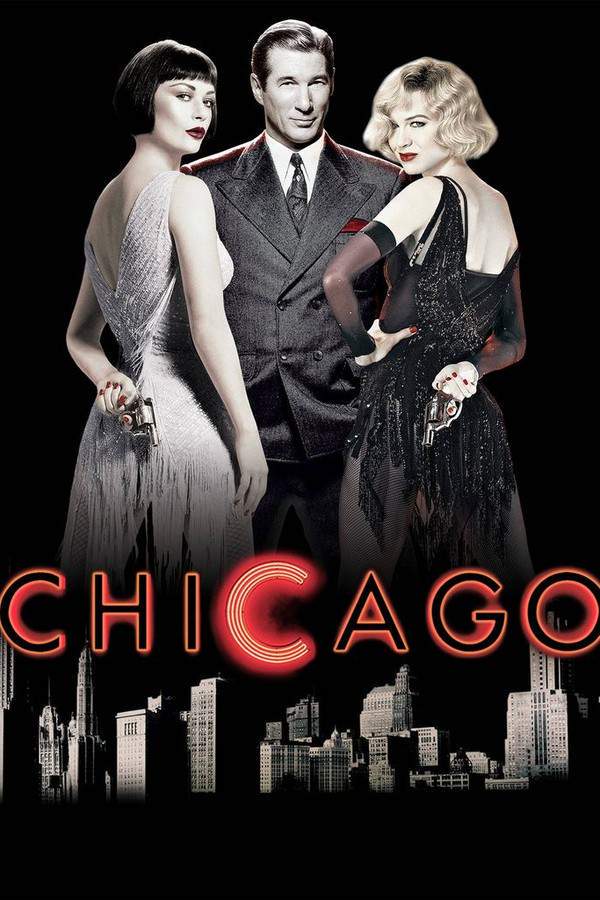
Ragtime 1981
Directed by

Milos Forman
Made by

Paramount Pictures
Ragtime Plot Summary
Read the complete plot summary and ending explained for Ragtime (1981). From turning points to emotional moments, uncover what really happened and why it matters.
The film unfolds with a captivating newsreel montage, showcasing iconic figures from the early 20th century, including Harry Houdini, Theodore Roosevelt, and the architect Stanford White (played by Norman Mailer). This vibrant backdrop of New York City life is enriched by the lively music of Coalhouse Walker, Jr. (Howard E. Rollins Jr.) at the piano. The narrative kicks off when wealthy industrialist Harry Kendall Thaw ([Robert Joy]) causes a stir at the unveiling ceremony for White’s latest creation, a nude statue featuring Evelyn Nesbit ([Elizabeth McGovern]), his wife and a former chorus girl. Fueled by his conviction that White has dishonored and manipulated Evelyn, Thaw confronts the architect on the evening of June 25, 1906, culminating in a public shooting at Madison Square Garden that leaves White dead before numerous spectators. In a shocking turn, Thaw does not flee but instead willingly turns himself in to law enforcement.
In the midst of this chaos, we are introduced to an upper-class family residing in a seemingly tranquil suburban house in New Rochelle. The family’s patriarch, the Father ([James Olson]), owns a factory where his wife’s Younger Brother ([Brad Dourif]) works as a fireworks maker. Their serene existence takes a turn when they discover an abandoned African American baby in their garden. The child’s mother, an unwed washerwoman named Sarah ([Debbie Allen]), is located and brought into their home. Amidst rising tensions surrounding Sarah’s situation, Mother ([Mary Steenburgen]) intervenes, battling her husband’s initial objections to provide shelter for Sarah and her child.
As time flows, the story weaves in the wayward journey of Coalhouse Walker, who dramatically arrives at the family’s doorstep in a brand-new Model T Ford, unabashedly claiming his status as the child’s father and announcing his intent to marry Sarah. Meanwhile, the Younger Brother becomes infatuated with Evelyn, his obsession intensifying after witnessing White’s murder. As Younger Brother’s fascination with her grows, tensions peak when Thaw’s lawyer, Delphin ([Pat O’Brien]), approaches Evelyn, offering her a substantial divorce settlement to secure her silence regarding Thaw’s mental instability during the trial while blackmailing her into fabricating abuse claims against White.
Evelyn’s life spirals when she intersects paths with Tateh ([Mandy Patinkin]), a Jewish street artist, amidst his marital turmoil, further complicating her relationships. Young and dazed, Evelyn engages in a relationship with Younger Brother, harboring dreams of a return to the limelight.
As the timeline progresses to early 1908, Thaw’s trial concludes in his favor under the misconception of temporary insanity, adding layers to Evelyn’s confined existence. Shortly thereafter, racism seeps into their neighborhood as Coalhouse Walker faces hostile discrimination from local firemen, leading to a series of unfortunate events including Sarah’s tragic death due to racial violence.
Coalhouse’s fury ignites further conflict, launching him into action to reclaim justice for his family and his pride. With coalitions forming, Younger Brother joins his cause, resulting in a significant turning point that sees Coalhouse taking hostages at the Pierpont Morgan Library. Here, Commissioner Rhinelander Waldo ([James Cagney]) attempts to mediate, though he finds himself restrained by the chaos enfolding. Amidst the unfolding drama that straddles morality and desperation, Father finds himself torn as he faces his own principles and the reality of his family’s fragmented beliefs.
As events unfold towards a poignant end, the audience witnesses the depths of sacrifice and the quest for dignity in a world marred by prejudice. The film concludes with a nostalgic newsreel montage showing the aftermath of these events and their reverberating impact on each character’s journey: Evelyn finds her place on stage, Thaw’s release from confinement puzzles many, and Younger Brother grapples with his newfound ideologies as the family he once knew migrates toward uncertain futures. In this profound exploration of social currents, Father gazes upon a shifting landscape, watching as Mother departs with Tateh and Coalhouse’s son, embodying the lingering tension of history and hope.
Ragtime Timeline
Follow the complete movie timeline of Ragtime (1981) with every major event in chronological order. Great for understanding complex plots and story progression.
Newsreel Montage Introduction
The film opens with a dynamic newsreel montage that features iconic figures from the early 20th century, including famed escape artist Harry Houdini and President Theodore Roosevelt. This colorful portrayal of New York City sets the stage for the diverse stories that will unfold throughout the narrative.
Thaw's Distress at the Unveiling
We see wealthy industrialist Harry Kendall Thaw create a scene at the unveiling of the statue of Evelyn Nesbit, a former chorus girl and his wife. His anger stems from a belief that architect Stanford White has dishonored her, leading to an intense confrontation.
The Public Shooting
In a shocking and dramatic moment, Thaw confronts Stanford White in front of numerous spectators and shoots him dead. The shocking act not only disrupts the event but also sets the entire city abuzz with scandal and intrigue.
Thaw Turns Himself In
After killing White, Thaw does not flee the scene but instead chooses to turn himself in to authorities. This decision highlights his complex psychology and sets the stage for the ensuing trial and media frenzy surrounding the case.
The Discovery of the Abandoned Baby
Meanwhile, an upper-class family in New Rochelle discovers an abandoned African American baby in their garden. This moment introduces themes of race and societal responsibility, as they contemplate their next steps amidst rising tensions.
Sarah's Introduction
The family locates the child's mother, Sarah, an unwed washerwoman. They decide to bring her into their home, further complicating the dynamics within their household as Mother advocates for Sarah against Father's initial resistance.
Coalhouse Walker Arrives
Coalhouse Walker makes a dramatic entrance in a Model T Ford, asserting himself as the father of the abandoned child and announcing his love for Sarah. His arrival marks a pivotal moment that intertwines the stories of both families.
Younger Brother's Obsession
Younger Brother becomes infatuated with Evelyn Nesbit, his obsession intensifying after witnessing White's murder. His increasing fascination with her adds another layer of tension to the unfolding narrative as he navigates his feelings.
Legal Manipulations
Thaw's lawyer, Delphin, approaches Evelyn with a substantial offer to ensure her silence about Thaw's mental health and White's abuse. This development highlights the manipulative power dynamics at play and Evelyn's precarious position.
Evelyn's Turmoil
Evelyn encounters Tateh, a Jewish street artist facing his own marital issues. Their relationship complicates Evelyn’s struggle for identity and stardom, as she grapples with her ambitions while caught in a turbulent emotional web.
Thaw's Trial Decision
In early 1908, Thaw's trial concludes with a verdict of temporary insanity, shocking the public and impacting Evelyn profoundly. This legal outcome shapes the lives of those involved, leaving lasting repercussions.
Racism and Tragedy
As Coalhouse Walker faces discrimination from local firemen, tensions escalate, culminating in the tragic death of Sarah due to racially motivated violence. This event underlines the deep-seated social issues of the time.
Coalhouse's Fury
Devastated by the injustice against his family, Coalhouse takes action, seeking to reclaim his dignity and justice. His resolve leads him to radical measures that draw the community's attention and fester unrest.
Hostage Situation at the Library
Coalhouse Walker, with Younger Brother's support, takes hostages at the Pierpont Morgan Library, demanding justice and retribution. This climactic event draws law enforcement and forces a confrontation between conflicting ideals.
The Aftermath and Reflections
In the poignant conclusion, a nostalgic newsreel montage reflects on the impact of these events on the central characters. Each character, from Evelyn to Father, contemplates their new realities shaped by societal tensions and personal choices.
Ragtime Characters
Explore all characters from Ragtime (1981). Get detailed profiles with their roles, arcs, and key relationships explained.
Coalhouse Walker, Jr. (Howard E. Rollins Jr.)
Coalhouse Walker, Jr. is a proud and determined African American pianist whose life is turned upside down due to systemic racism. His journey from a hopeful father to a figure of desperation highlights the struggles faced by marginalized individuals seeking justice and dignity in a prejudiced society.
Evelyn Nesbit (Elizabeth McGovern)
Evelyn Nesbit is a complex character torn between her past as a chorus girl and her tumultuous present. As she navigates various relationships and societal pressures, her search for personal freedom and identity amidst chaos becomes a poignant part of her story.
Younger Brother
The Younger Brother is a symbol of youthful idealism and conflicting loyalties, torn between his family’s expectations and his own desires. His infatuation with Evelyn and subsequent involvement in Coalhouse's struggle illustrate the excitement and danger of navigating one’s beliefs during tumultuous times.
Ragtime Settings
Learn where and when Ragtime (1981) takes place. Explore the film’s settings, era, and how they shape the narrative.
Time period
Early 1900s, specifically 1906-1908
The film navigates the societal changes and tensions of the early 1900s, a period marked by industrial growth and social struggles. This era saw significant events, including racial discrimination and the fight for justice, underscoring the conflicts between privilege and poverty that defined the age.
Location
New York City, New Rochelle
The movie is set against the bustling backdrop of New York City during the early 20th century, known for its cultural dynamism and historical events. New Rochelle serves as a tranquil suburban setting, representing the contrast between upper-class comfort and the stark realities faced by marginalized communities.
Ragtime Themes
Discover the main themes in Ragtime (1981). Analyze the deeper meanings, emotional layers, and social commentary behind the film.
⚖️
Justice
The theme of justice is central to 'Ragtime,' as characters grapple with the consequences of systemic racism and personal injustices. Coalhouse Walker's quest for reparation following racial violence illustrates the broader societal struggles for equality and dignity, revealing the moral complexities of the pursuit of justice.
💔
Sacrifice
Interpersonal and cultural sacrifices are evident in the film, where characters make profound choices in response to the socio-political climate. Evelyn's journey and the choices made by Coalhouse and his family highlight the emotional toll of navigating a world rife with prejudice and personal loss.
🏛️
Cultural Conflict
The film addresses the clash of cultures and social classes, portraying characters from different backgrounds whose lives intertwine amid turmoil. This theme reflects on the stark contrasts in American society, as seen through individual stories of ambition, prejudice, and the fight for recognition.
Movies with Similar Twists and Themes
Uncover films that echo the narrative beats, emotional arcs, or dramatic twists of the one you're exploring. These recommendations are handpicked based on story depth, thematic resonance, and spoiler-worthy moments — perfect for fans who crave more of the same intrigue.
Featured on this page

What's After the Movie?
Not sure whether to stay after the credits? Find out!
Explore Our Movie Platform
New Movie Releases (2025)
Famous Movie Actors
Top Film Production Studios
Movie Plot Summaries & Endings
Major Movie Awards & Winners
Best Concert Films & Music Documentaries
© 2025 What's After the Movie. All rights reserved.


